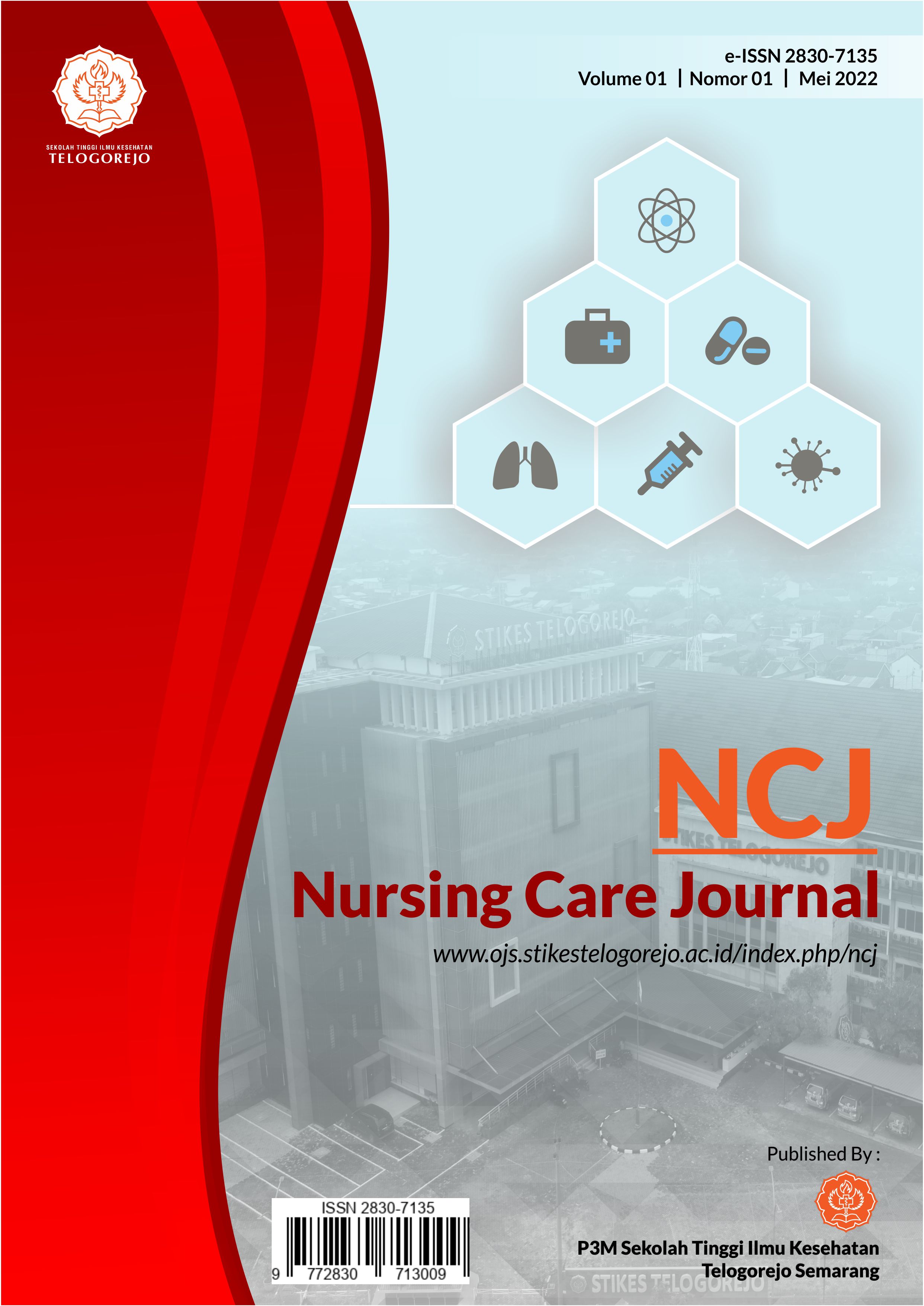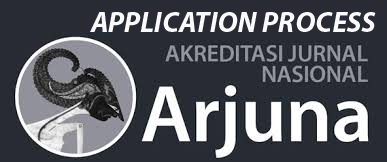HUBUNGAN SELF EFIKASI DENGAN TINGKAT RESILIENSI DAN KUALITAS HIDUP MASYARAKAT DALAM MENGHADAPI BENCANA BANJIR DI KELURAHAN TRIMULYO
DOI:
https://doi.org/10.63520/ncj.v2i2.645Keywords:
Flood, Quality of Life, Resilience, Self efficacyAbstract
The flood disaster brings various negative impacts on the community, such as post-disaster trauma, losing tranquility, and increased stress due to the disaster. The impacted community due to flood includes decreased resilience and life quality due to the disaster. Then, the decreased condition requires self-perception of the community to improve resilience and life quality. This research analyzed the correlation between self-efficacy toward resilience and life quality improvement of the community to deal with a flood. This research used non-probability sampling. The sample was taken with purposive sampling, resulting in 51 respondents. The researchers took the data with the questionnaires on self-efficacy, resilience, and World Health Organization Quality of Life Brief Version, WHOQoL-BREF. The researcher used the Gamma Correlation test and obtained a p-value of 0.011, lower than 0.05. The result indicated the significant correlation between self-efficacy and resilience of the community in Trimulya administrative village, Semarang. The obtained correlation coefficient was 0.817. The score indicated a positive correlation. Thus, higher self-efficacy led to higher resilience of the community people strongly. The Gamma Correlation test for self-efficacy and life quality obtained a p-value of 0.003, lower than 0.05. The result indicated a significant correlation between self-efficacy and the life quality of the community in Trimulya administrative village, Semarang. The obtained correlation coefficient was 0.807. The score indicated a positive correlation. Thus, higher self-efficacy led to the higher life quality of for the community people strongly. The results recommend further researchers use more relevant resources and references related to self-efficacy, resilience, and life quality.
References
Ahmadi, Abu. 2012, Psikologi Belajar, Jakarta : PT Rineka Cipta.
Alwisol. (2012). Psikologi Kepribadian (Edisi Revisi). Malang: Umm Press.
Ariviyanti, N., & Pradoto, W. (2014). Faktor-Faktor Yang Meningkatkan Resiliensi Masyarakat Dalam Menghadapi Bencana Rob Di Kelurahan Tanjung Emas Semarang. Teknik Perencanaan dan Kota.
Arumwardhani, A. 2011. Psikologi Kesehatan. Galangpress : Yogyakarta.
Baron, Robert, A., & Byrne, D. (2012). Psikologi Sosial Jilid 2. Jakarta: Erlangga.
Billington, D., dkk. (2010). The New Zealand World Health Organization Quality of Life (WHOQOL) Group. Journal of the New Zealand Medical Association.
Bungin Burhan. 2017. Penelitian Kualitatif : Komunikasi, Ekonomi,. Kebijakan Publik, dan Ilmu Sosial Lainnya. Jakarta : Kencana Prenada.
Dahlan, Sopiyudin. (2015). Statistika untuk Kedokteran dan Kesehatan. Jakarta: Epidemiologi Indonesia.
Desmita, 2014. Pengantar Psikologi Umum. Jakarta: Prestasi. Pustakaraya.
Ekasari, A. & Andriyani, Z. (2013). Pengaruh Peer Group Support dan Self Esteem Terhadap Resillience Pada Siswa SMAN Tambun Utara Bekasi. Jurnal Soul.
Everall, R. D., Altrows, K. J., & Paulson, B. L. (2006). Creating a future: A study of resilience in suicidal female adolescents. Journal of Counseling and Development.
Fitriana, N.A dan Ambarini, T.K. 2012. Kualitas Hidup Pada Penderita Kanker Serviks Yang Menjalani Pengobatan Radioterapi. Jurnal Psikologi Klinis dan Kesehatan Mental.
Ifdil & Taufik. 2012. Urgensi Peningkatan dan Reseliensi Siswa di Sumatra Barat. Pedagogi.
Isaacson, L. E & Brown, D. (2011).Career Information, Career Counseling, and Career Development (6th ed). Virginia : Allyn and Bacon.
Kamiana, I Made. 2011. Teknik Perhitungan Debit Rencana Bangunan Air. Yogyakarta : Graha Ilmu.
Kaswan, Akhyadi. 2015. Pengembangan Sumber Daya Manusia. Bandung. Indonesia: Alfabeta.
Kendall & Mattson. 2011. Linking Health Communication with Social Support. Chapter 6.Kendall Hunt Publishing Co.
Kreitner, Robert dan Angelo Kinicki. 2014. Perilaku Organisasi. Edisi 9. Buku 1. Jakarta: Salemba Empat.
Kumar, G., Majumdar, A., & Pavithra, G. (2014). Quality of life (QOL) and its associated factors using WHOQOL-BREF among elderly in Urban Puducherry, India. Original Articel.
Mawarpury, M., & Mirza, M. (2017). Resiliensi Dalam Keluarga: Perspektif. Psikologi. Psikoislamedia : Jurnal Psikologi.
Mathis, R. L., and J. H. Jackson. 2016. Human Resource Management.Jakarta : Salemba Empat.
Michener, H. A., DeLamater, J. D. dan Myers, D.J., 2004, Social Psychology,. Fifth Edition, 106, Thomson Wadsworth, Belmont.
Noghani, M., Asgharpour A., Safa, S., Kermani, M. (2007). Quality of Life in. Social Capital in Mashhad City in Iran. Article 1-5.
Notoatmodjo, S. 2014. Metodologi Penelitian Kesehatan. Jakarta : Rineka Cipta.
Power, MJ. (2003). Quality of Life. In Lopez SJ, Snyder. CR (Eds). Positive Psychological Assessment: A Handbook of Models and Measures. Washington, DC: American Psychological Association.
Putra, Nusa. 2011. Research and Development Penelitian dan Pengembangan : Suatu Pengantar. Jakarta: Rajagrafindo Persada.
Rahmania, & Yuniar, I. (2012, Juni). Hubungan antara Self-Esteem dengan Kecenderungan Body Dysmorphic Disorder pada Remaja Putri. Jurnal Psikologi Klinis dan Kesehatan Mental
Santrock, J.W. (2012). Life-Span Development (Perkembangan Masa Hidup Edisi 13. Jilid 1, Penerjemah: Widyasinta,B). Jakarta: Erlangga.
Sarafino, E. P., Timothy W. Smith. 2011. Health Psychology: Biopsychosocial Interactions, 7th edition. Amerika Serikat: John Wiley.
Downloads
Published
Issue
Section
License
Copyright (c) 2025 Nursing Care Journal

This work is licensed under a Creative Commons Attribution-ShareAlike 4.0 International License.





